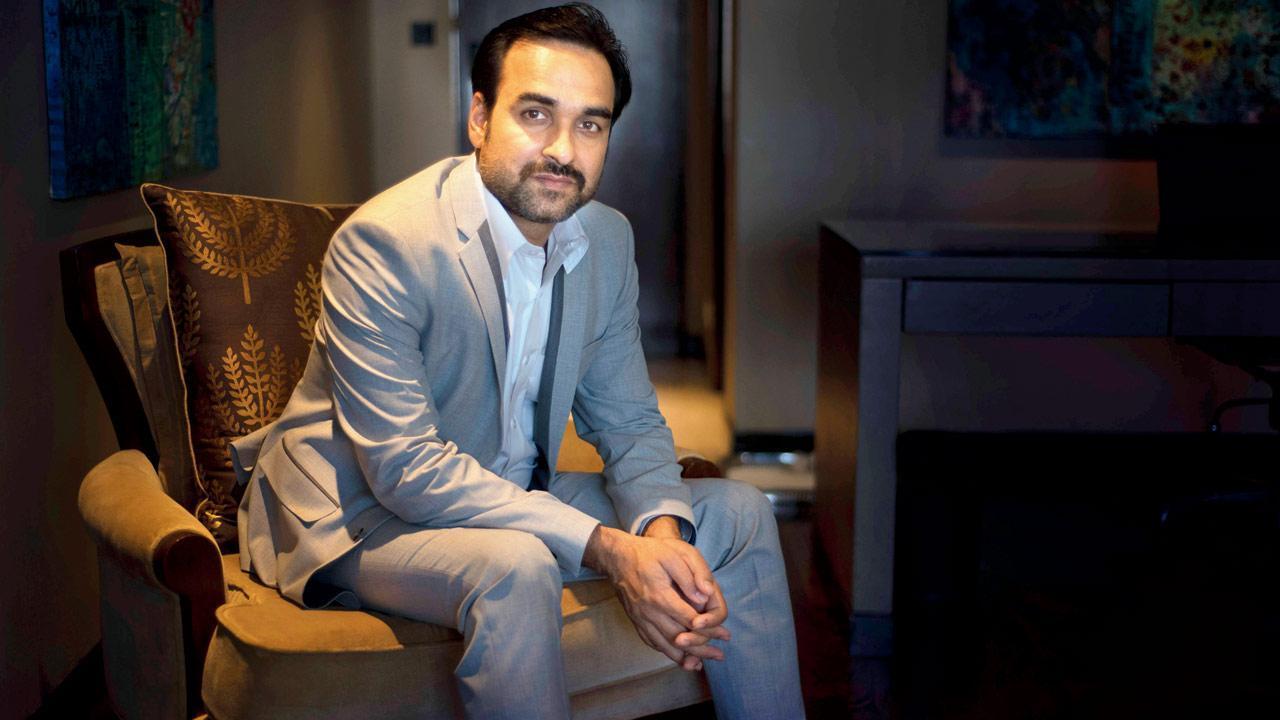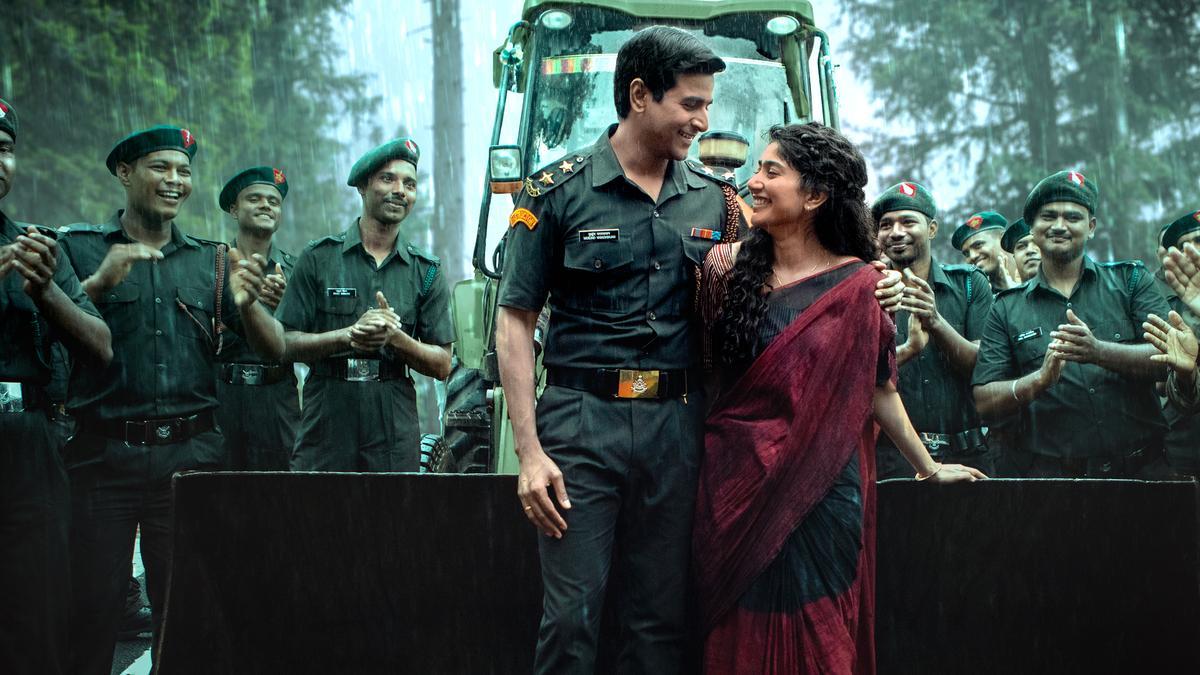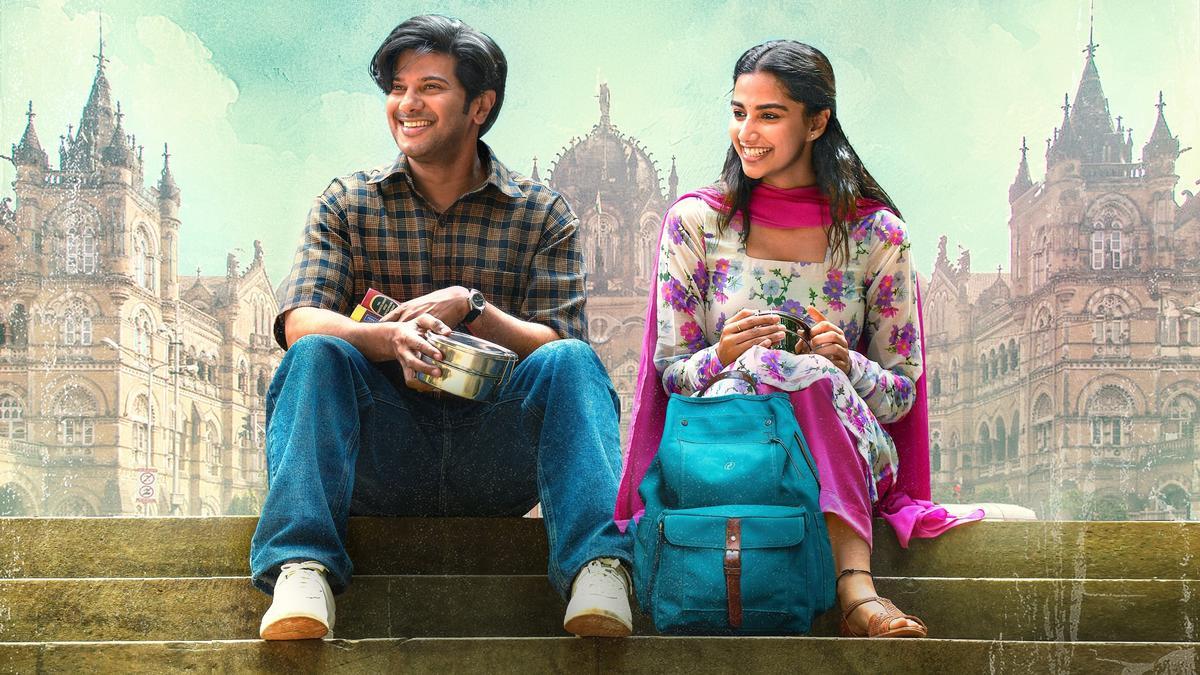
Approaching any cinematic work requires an unburdened mind; a readiness to absorb every nuance and emotion offered by the story. This practice becomes a challenge with a film like The Color Purple, especially when its screening aligns with International Women’s Day. Before even taking your seat, you may find it hard not to carry the weight of current affairs concerning gender-based violence, the ubiquitous and often misguided ‘not all men’ discourse on social media, and the stark realization that a century beyond the setting of the film, injustice still thrives at the intersection of race, gender, and class.
Yet, when a theater mainly filled with women ignites with laughter and cheers for the indomitable Sofia, portrayed by Danielle Brooks, it’s clear that art’s transformative power is at work. This adaptation takes its audience on a musical voyage that is as painfully raw as it is mesmerizing.
Startling at first is the soundtrack, a musical narrative that captures the full spectrum of emotional experience. The songs lead the audience through vivid scenes of life’s celebrations and its darkest adversities, ensuring a cinematic experience that is both riveting and emotionally charged.
It is through a song that we meet Celie, embodied by Phylicia Pearl Mpasi, and her sister Nettie, played by Halle Bailey. Music continues to guide us as we learn of Celie’s abuse at the hands of their father Alfonso (Deon Cole) and her coerced marriage to Mister (Colman Domingo), a domineering farmer. Nettie, soon under Mister’s roof herself, is driven away following his advance, signaling the beginning of Celie’s long-suffering life.
For the next 16 years, Celie, now brought to life by Fantasia Barrino, endures Mister’s cruelty, her life seemingly drab until the arrival of Sofia, who marries Mister’s son Harpo (Corey Hawkins). Shug Avery (Taraji P. Henson), a Blues singer who holds Mister’s affection, further nurtures Celie’s spirits. This triad of women forms a solidarity that fuels their collective empowerment and resistance against their oppressive circumstances.
Sofia’s part in the tale challenges the entrenched gender norms and patriarchal systems that often muffle women’s voices. The audience cannot help but revel in her robust, defiant spirit. And as Sofia faces the crushing weight of both patriarchy and racism, Celie’s awakening to the fight against the corruption embedded in their world becomes all the more poignant.
Shug’s care for Celie, with no expectation other than Celie’s constant love, represents a beacon of self-discovery and defiance. For Black queer audiences, the subtle romance that unfolds between Shug and Celie in the midst of the main plot offers a moment of connection, even as it evolves into a more general, though no less empowering, sisterhood.
While secondary characters like Harpo’s wife, Mary “Squeak” Agnes (H.E.R), are not given as much depth, and Mister’s character arc leaves much to speculative interpretation, these minor blemishes are easily overlooked amidst the commanding performances of the lead cast and the film’s powerful soundtrack.
Director Bazawule’s rendition of the eponymous musical, which itself is rooted in Alice Walker’s renowned 1982 novel, encapsulates both the beauty and the agony of womanhood. Its storytelling captivates and subsequently returns the audience to reality with a raw urgency. This emotional odyssey serves as a reminder that for every Celie, Sofia, Nettie, and Shug we see onscreen, there are countless others enduring similar narratives offscreen, along with their own personal Misters and Alfonsos. The film becomes an homage to womanhood, celebrating the resilience and spirit of women not only on Women’s Day but every day.
The Color Purple is more than a period drama; it’s a contemporary call to mindfulness – a plea to recognize the ongoing struggles and the strength of women worldwide. It reverberates with an echoing truth that, though decades have passed since the era it depicts, the issues it addresses remain as poignant and pressing as ever. As the movie concludes, the viewers are left to contend with the realities it mirrors and the changes still fervently needed. Now showing in theaters, The Color Purple bridges our past with our present, resonating with audiences across the spectrum of humanity, urging us to reflect, empathize, and aspire for a more equitable future.










